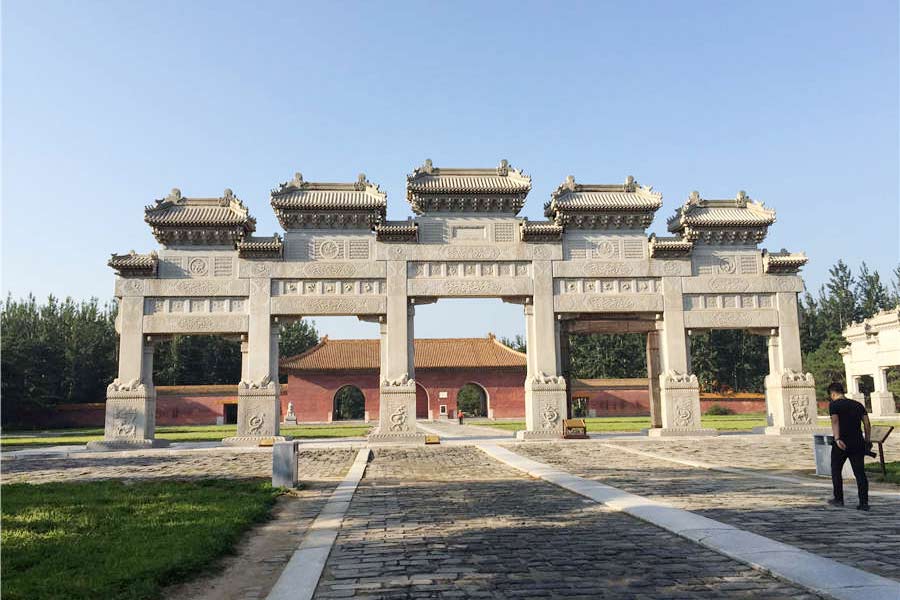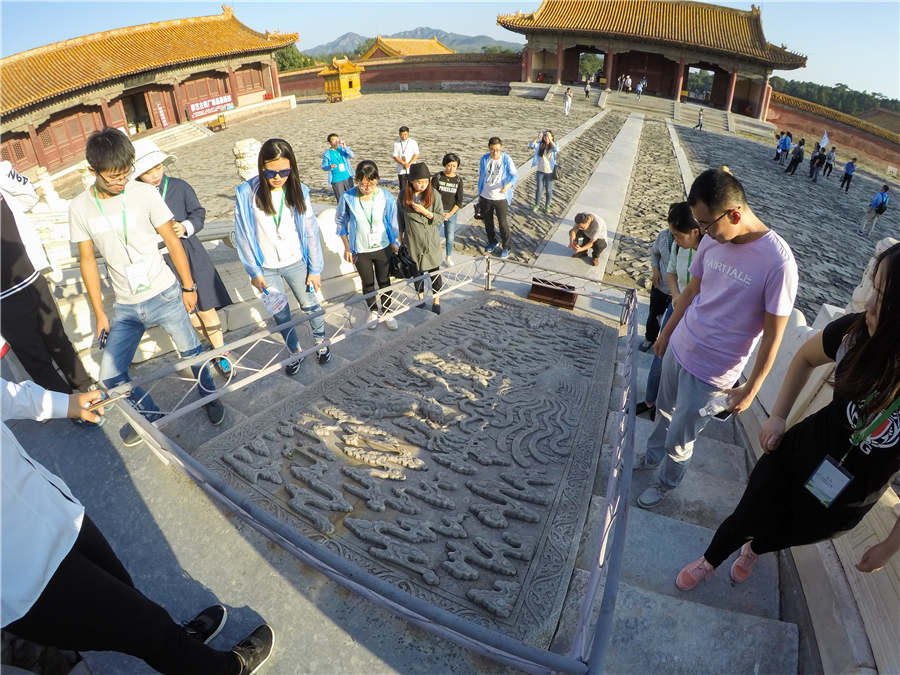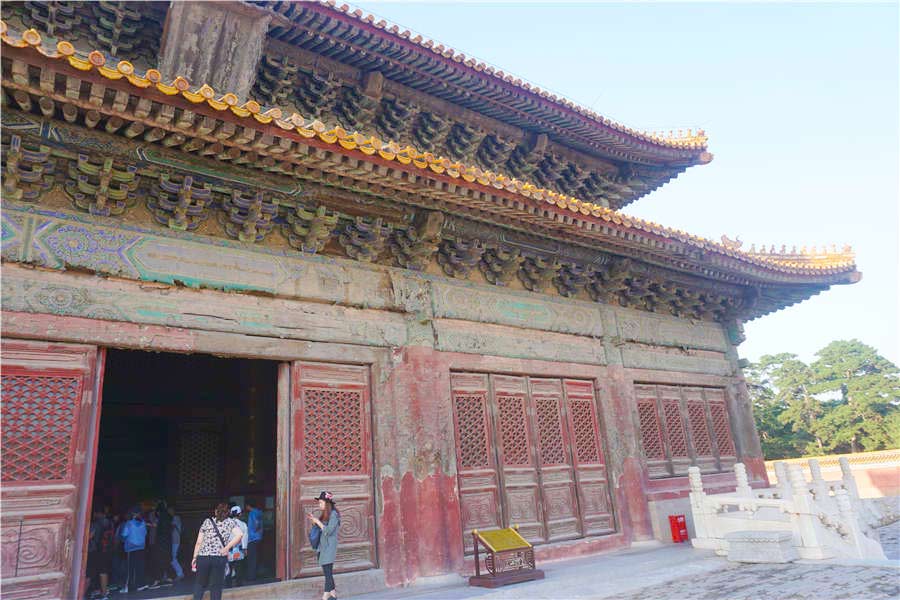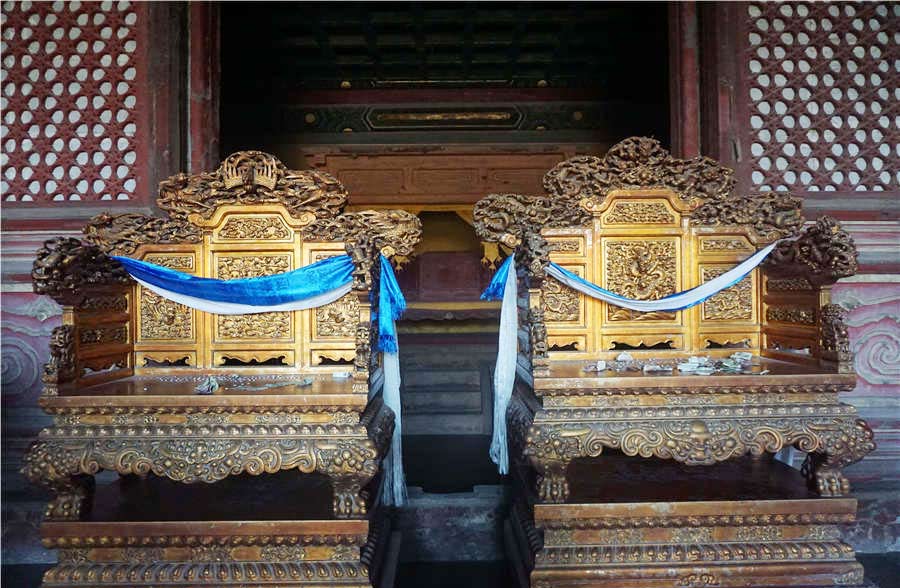
Western Qing Tombs, a quiet place to pay tribute to history
Bi Nan
The building of the Western Qing Tombs opened in 1730, and features the most complete preserved ancient royal mausoleums in China.
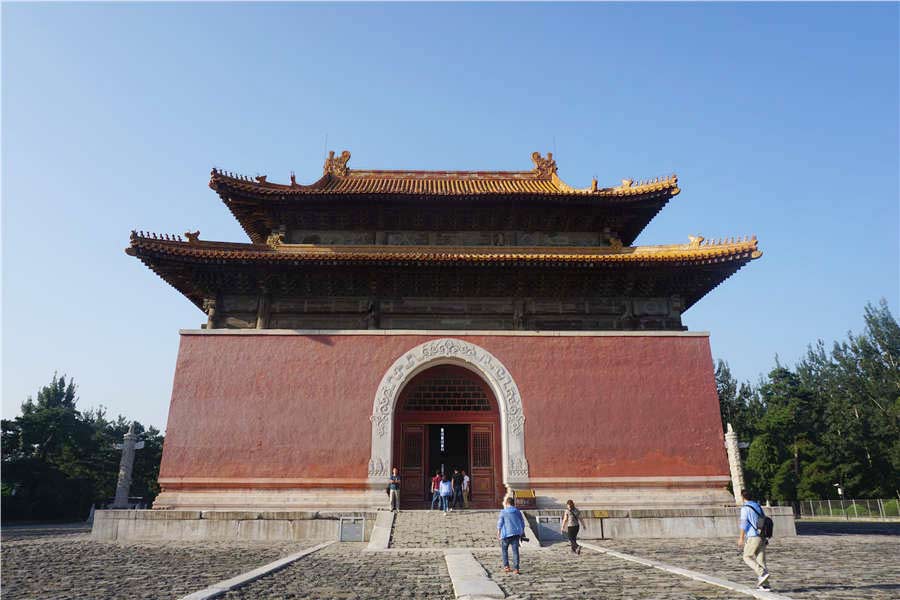
The building of the Western Qing Tombs opened in 1730, and features the most complete preserved ancient royal mausoleums in China. It is the burial site of more than 80 people, including the Yongzheng Emperor, the Jiaqing Emperor, the Daoguang Emperor and the Guangxu Emperor, as well as their imperial families in the Qing Dynasty (1644-1911).
The site is located in the Yixian county, Baoding city, North China's Hebei province, and was included as a UNESCO world heritage, along with other tombs as "The Imperial Tombs of the Ming and Qing Dynasties", in 2000.
Among the tombs, Tailing, otherwise known as Tai Mausoleum, was the earliest built and largest tomb of all, belonging to the Yongzheng Emperor. It has the perfect combination of cultural sights and natural landscapes in the cemetery, reflecting the ancient theory of "Man is an integral part of nature".
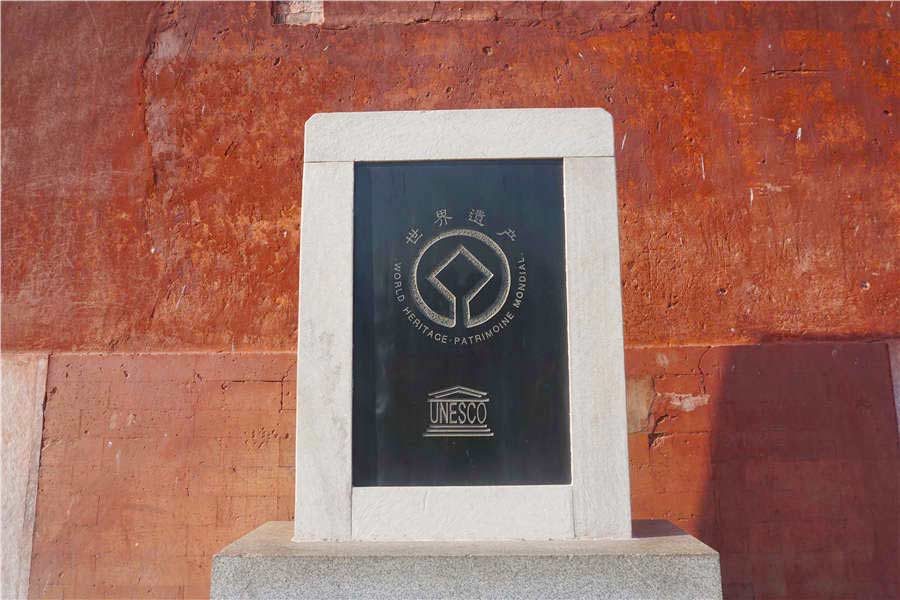
Chongling, otherwise known as Chong Mausoleum, belongs to the Guangxu Emperor, and is the only tomb visitors can access underground.
During big holidays, grand sacrificial ceremonies are staged at Tailing, with performers wearing ancient costumes and re-appearing the sacrificial scene of in the ancient royal court.
Compared to the Ming and Eastern Qing Tombs, Western Qing Tombs has been seldom renovated and receives fewer tourists, which keeps the ancient flavor, allowing visitors to savor the history and solemn in a quieter way.
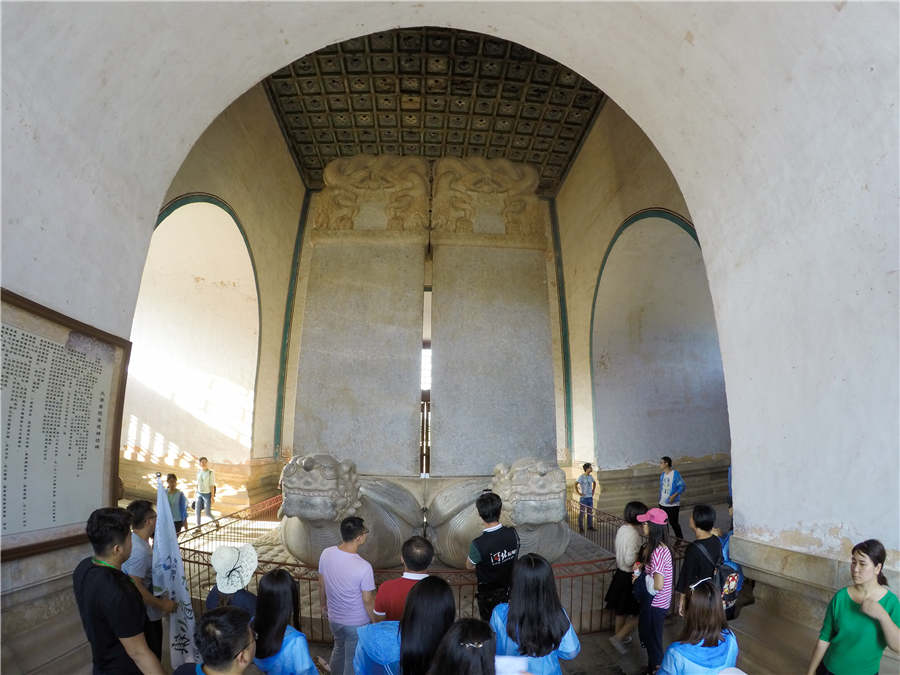
The Yixian county has been pushing forward its development by upgrading tourism. Due to the opportunity brought by the 2016 Hebei Tourism Industry Development Conference, the county is transforming the famous scenic spot, Yishui Lake, into a large holiday complex – combining culture, leisure, vacation, health care and sports. It also has the Taihang Water Town, which is free of admission, and presents over 150 kinds of local food and traditional folk arts to visitors.
